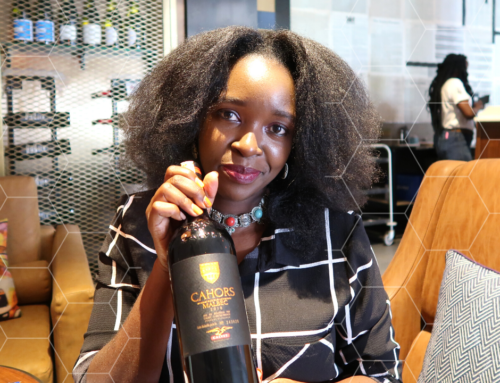You know those extremely sweet wines served after/with dinner, well those are dessert wines. Dessert should essentially contain some form of sweetness and this explains the taste of the wines. I remember buying a dessert wine that tasted like honey+ sugar last year. I cannot remember the name but it came in a small bottle. Maybe one of you has seen it and would like to remind me the name.
#Wineinkenya on twitter is growing at an alarming rate and we even trended last week. Thanks to everyone who participates in these online wine classes, you guys are amazing. Today’s topic is dessert wines.
Dessert wines
So what makes dessert wine extra sweet you might ask?
The grapes that make the wine are sweet grapes and also, the winemaker stops the fermentation before the natural sugar turns to alcohol. (taking you back to chemistry class).
In fortified wine, they (winemakers) add brandy. Brandy makes sure that the yeast does not thrive.
They also super cool the mixture and as yeast needs warmth to grow, this time it does not. I won’t bombard you with technical jargon or explanations but what you need to know is that there are 5 types of dessert wines. Source (winefolly.com)
These are
- Sparkling dessert wines
- less sweet dessert wines
- Late harvest
- Noble rot
- Richly sweet
Fortified wine
Check out this wikipedia defination:Fortified wine is a wine to which a distilled spirit, usually brandy, is added. Many different styles of fortified wine have been developed, including Port, Sherry, Madeira, Marsala, Commandaria wine and the aromatized wine Vermouth.The main fortified wines drunk with dessert are sweet sherry, particularly Pedro Ximénez, and vins doux naturels. The Pedro Ximenez dessert wine is unique because it is a raisin wine that is then fortified and aged in a solera system like other sherries. Other sweet sherries such as Bristol Cream may also be drunk as dessert wine.
In case of any questions tweet with #wineinkenya
Featured image Source 1






